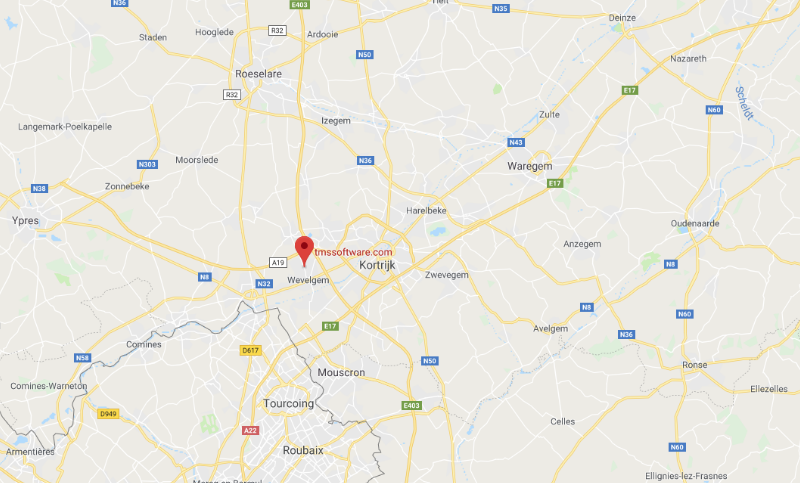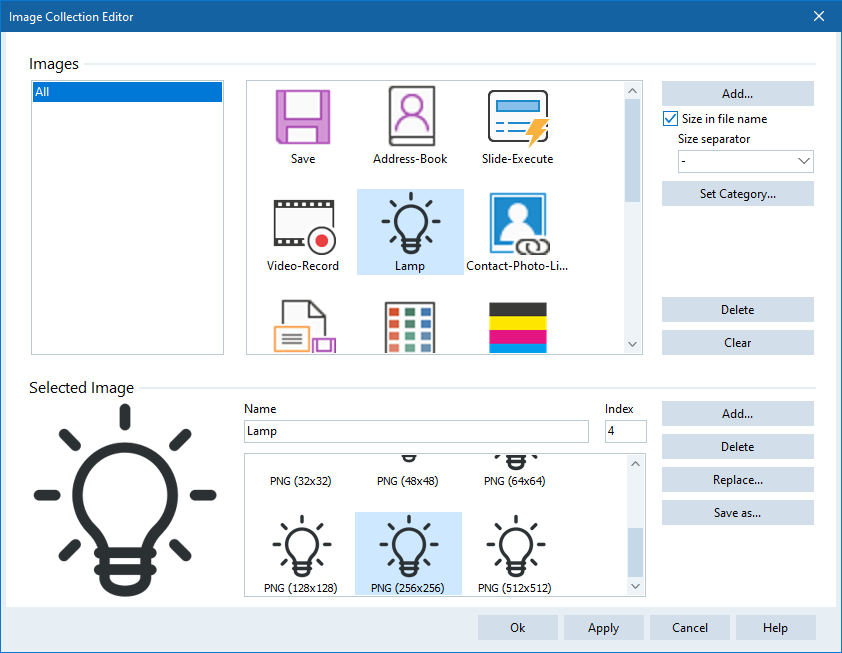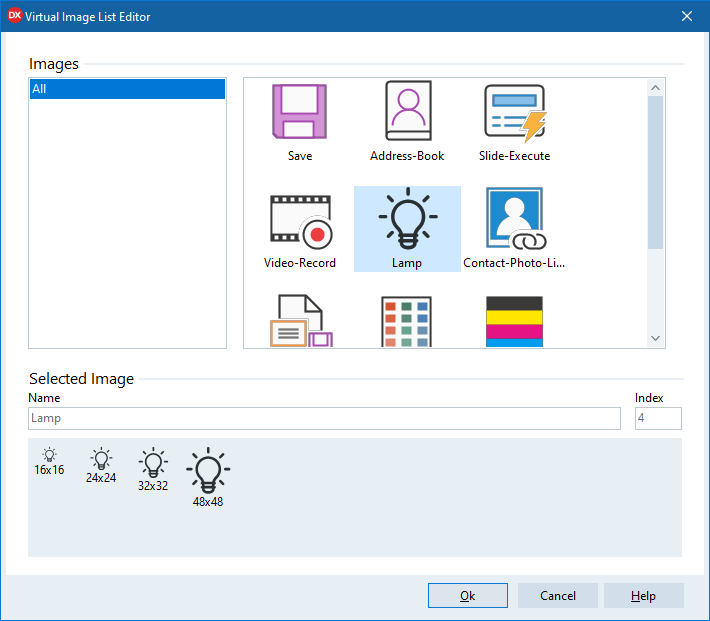
Bruno Fierens
- Studied civil electronic engineering at university of Ghent, Belgium (1987-1992).
- Started a career as R&D digital hardware engineer at Barco Graphics Belgium designing with FPGA, VHDL, graphic processors, PCI, Silicon Graphics add-on boards, high-end printer controllers,...
- Began writing software in Turbo Pascal 3.0 since 1987 and used all Borland Pascal and all Delphi versions since then.
- Founded TMS software in 1996, developing VCL components starting with Delphi 1.
- TMS software became Borland Technology Partner in 1998 and developed Delphi Informant award-winning grid & scheduling components.
- From 2011 FireMonkey cross platform components,targetting Windows, macOS, Android, iOS.
- In 2016, TMS software launched FNC, a framework neutral component architecture enabling to use UI controls in VCL,FMX & LCL apps
- In 2018, TMS software launched TMS WEB Core, a framework for creating rich web clients using ObjectPascal
- Currently doing and managing VCL, FMX, Web, .NET, IoT, LCL, REST, node.js development.
- Is a regular speaker at conferences (Be-Delphi, DelphiTage, ITDevCon, CodeWay Tour, EKON, DevTracks, SDN, ..).
- Available for consulting & custom project development.
- Bruno Fierens was titled Embarcadero MVP since 2012.
- Special area of interest are user interfaces design, UX, RAD software development, hardware/electronics.
Sessions at TMS Dev Intensive:
Session 1:
The latest advancements & directions for VCL controls
In this session, Bruno Fierens will discuss the latest state and further planned advancements for VCL UI controls in the TMS VCL UI Pack and other products with respect to handling per monitor high DPI and using the controls in applications using VCL Styles versus using the TMS Office & Windows styles.
Session 2:
TMS WEB Core v1.3
The new features and capabilities of the TMS WEB Core framework for building modern web application clients, installable clients for mobile devices and cross-platform desktop applications will be detailed. In this session youll see the latest new & powerful capabilities to use cloud data, bind to HTML templates, use push notifications, encryption, local file access and more
Leave a comment down below!
Excited to meet the founder of TMS Software in person?
Tell him how much you like his new product TMS WEB Core, in the comments section!
Reminder
Did you reserve your seat already?
Don't wait till last minute and get your seat for either the TMS Business Masterclass, TMS Dev Intensive day or both days!

Stay tuned for more....






 Note: All sessions will be presented in English.
Note: All sessions will be presented in English.



 (Serge Pilko at TMS software main office, Belgium)
(Serge Pilko at TMS software main office, Belgium)
























































